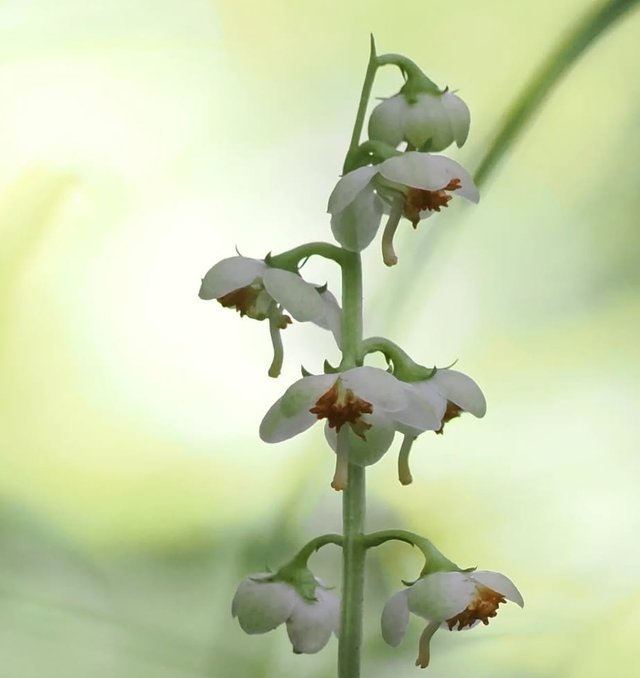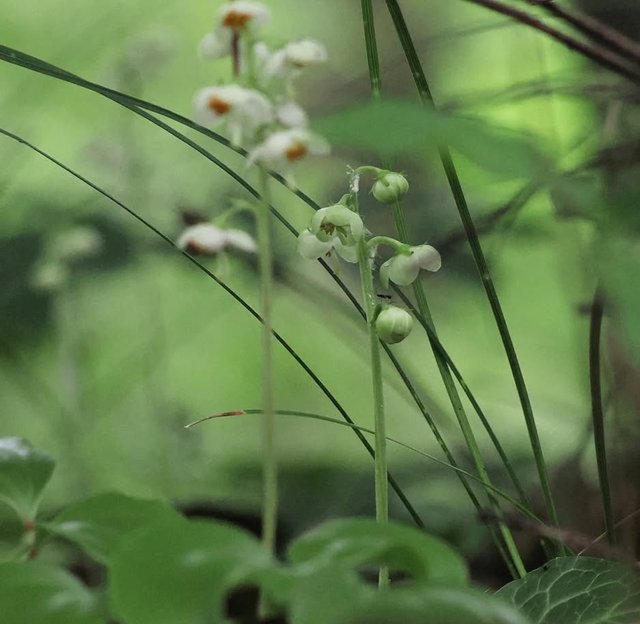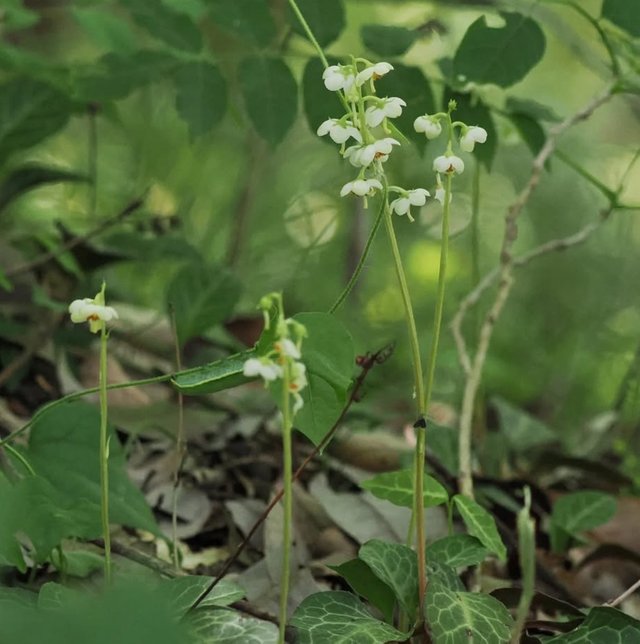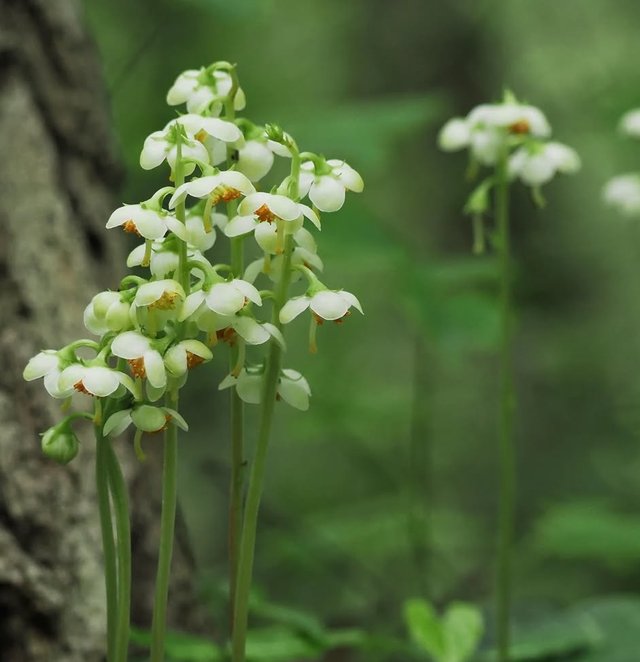Pyrola Rotundifolia So Beautiful Flower
Pyrola rotundifolia: The Mysterious Beauty of the Forest Floor
Deep in the quiet understories of boreal forests and cool woodlands, an understated botanical gem thrives in the shadows: Pyrola rotundifolia, commonly known as round-leaved wintergreen. This evergreen perennial, with its delicate white blossoms and glossy foliage, is a member of the Ericaceae family—a clan that includes blueberries, heathers, and cranberries. Though often overlooked due to its modest stature and secluded habitat, P. rotundifolia is a fascinating species with a unique ecology, subtle beauty, and a touch of mystery.
Botanical Description
Pyrola rotundifolia is easily recognized by its distinctive rounded, dark green leaves, which form a basal rosette close to the forest floor. These leaves are leathery and evergreen, allowing the plant to photosynthesize during cooler months when other vegetation has died back. The species name rotundifolia comes from the Latin words for “round leaf,” a defining characteristic.
In summer, P. rotundifolia sends up an erect flowering stalk that may reach 15 to 30 cm in height. The nodding, waxy, bell-shaped flowers are typically white, sometimes tinged with pink, and are arranged in a raceme. Each flower features five petals and a prominent, curved style that extends noticeably beyond the corolla—a trait common to other Pyrola species as well.
Distribution and Habitat
Pyrola rotundifolia is native to temperate and subarctic regions across Europe, Asia, and North America. It favors moist, acidic soils and is often found in shaded forests, especially those dominated by conifers. Because of its preference for low-light conditions, it thrives under dense canopies where few other flowering plants can compete.
The plant's evergreen nature and tolerance of nutrient-poor soils make it a resilient survivor in challenging environments. However, it is sensitive to habitat disturbance, particularly changes in forest structure and light availability caused by logging or development.




%20(8).jpeg)